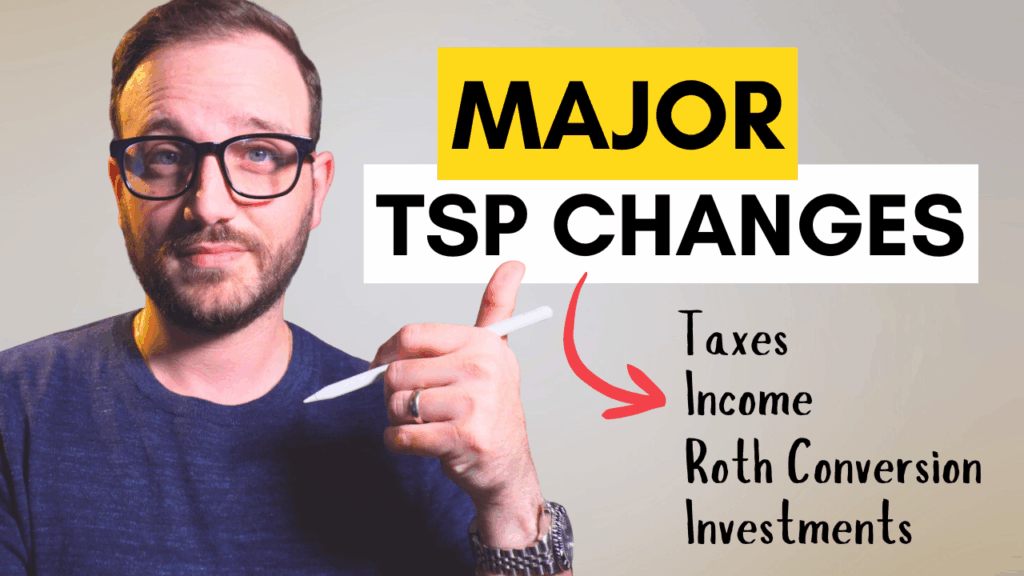How is Social Security Income Taxed?
Federal retirees have multiple sources of income. We call this the three-legged stool in the community: your investment portfolio, FERS pension, and Social Security retirement income benefits.
Creating harmony around these three sources of income can be a challenge. Each is taxed quite differently, with Social Security often being the most confusing. This article will review how Social Security is taxed and how to be factoring this into your overall financial plan. We’ll start with the rules, then provide a real example.
Tax on Social Security Income
The taxation of Social Security is based on what Social Security calls your “Provisional Income“, or commonly known as your “Combined Income“.
1/2 of your Social Security benefits
+ wages/salary
+ pension income
+ taxable interest
+ IRA distributions
+ dividends
+ tax-exempt interest
+ capital gains
+ any income on Schedule 1, Line 10
Depending on the amount, anywhere between 0%-85% of Social Security may be taxable, as described in Publication 915. To determine the taxation on the amount, this figure is then applied to the respective taxable income brackets, as described by the SSA.
If you:
- file as an individual, and your provisional income is:
- between $25,000 and $34,000, you may have to pay income tax on up to 50% of your benefits.
- more than $34,000, up to 85% of your benefits may be taxable.
- file a joint return, and you and your spouse have a provisional income that is:
- between $32,000 and $44,000, you may have to pay income tax on up to 50% of your benefits.
- more than $44,000, up to 85% of your benefits may be taxable.
After determining each taxable amount for the brackets shown above, we then apply the taxation for each of those thresholds in determining the taxable portion of each. If these amounts when added together is less than or equal to 85% of Social Security, then that is the taxable amount of Social Security benefits; however, if the amount is greater than 85%, then the taxable amount of Social Security will automatically revert to the overarching up to 85% rule on Social Security taxation.
Real Life Example
Whew. Now here’s an example:
A married couple filing jointly (“MFJ”) have the following income sources:
- $60,000 in Social Security retirement benefits
- $500 of Tax- Exempt Interest
- $1,000 of Taxable Interest
- $30,000 in IRA Distributions
- $5,000 in Capital Gains income
Their provisional income for the year would be a total of $76,500. Why not $96,500 (sum of all)? Remember to only take half of the total Social Security benefit for the provisional income calculation.
Next, this $76,500 is then distributed amongst the income bracket noted above for MFJ. See the breakdown below:
Less than $32,000 = taxed at 0% ($32,000 of the $76,500 is taxed at 0%)
Between $32,000 and $44,000 = taxed at up to 50% ($12,000 of the $76,500 is taxed at 50%)
Greater than $44,000 = taxed at up to 85% of the benefits (the remaining $32,500 of the $76,500 is taxed at 85%)
Let’s add up those “taxed chunks” from above: $0 + ($12,000 x .50) + ($32,500 x .85) = $33,625, which is 56% of the combined Social Security benefit amount of $60,000. Since this is less than 85% of total Social Security benefits, the taxable amount of Social Security benefits will be equal to $33,625 or 56% of the combined Social Security benefits for this couple.



